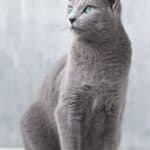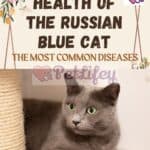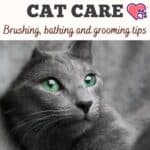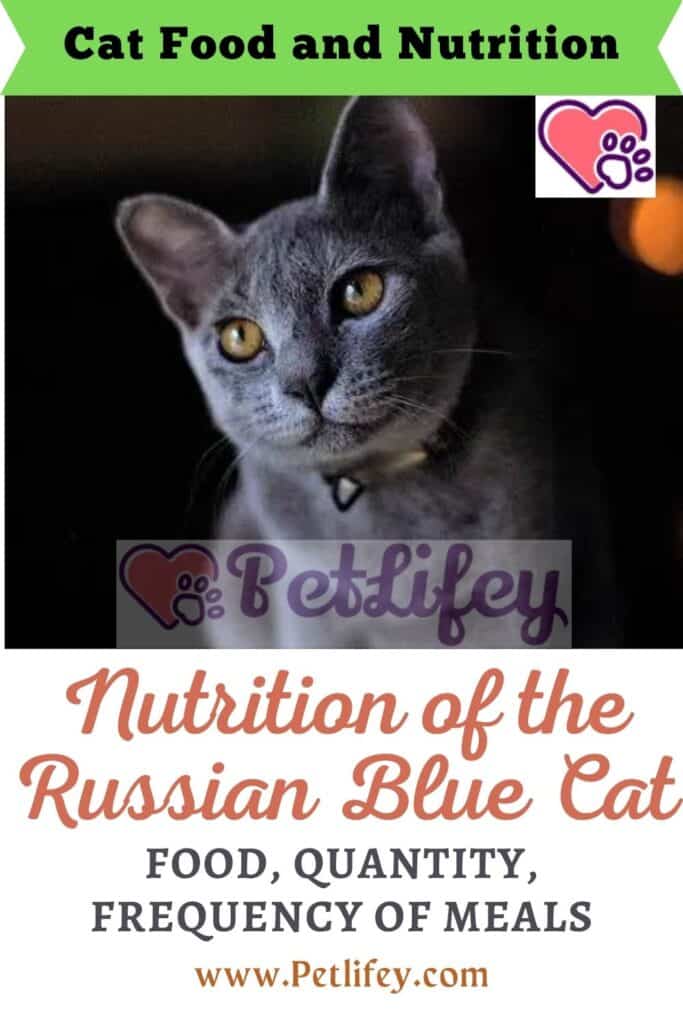
What is the ideal diet for the Russian Blue? Here is what to feed this cat breed, in what quantity and time of day.
The Russian Blue is a truly enchanting cat: its magnetic appearance and charming character make it a very coveted four-legged companion. Properly planning his diet is essential to ensure that this cat lives long and peacefully by our side. Let’s find out everything there is to know about the ideal diet of the Russian Blue.
Nutrition of the Russian Blue: doses and frequency of meals
To formulate a specific diet for the Russian Blue it is essential to identify the ideal amount of food to be given to the cat, as well as the most suitable times of the day to be allocated to the baby food.
Generally, the specimens of this breed are not particularly greedy. Therefore, they are not predisposed to the accumulation of excess weight.
The ideal dose of feed for the cat is 150-200 grams of wet food and 50-70 grams of kibble.
In any case, it would be preferable to ask the veterinarian for advice, to obtain specially calculated quantities on the basis of a series of individual parameters, such as age, lifestyle and health conditions of the cat.
As for the frequency of meals, the ideal would be to feed the Russian Blue twice a day, once in the morning and once in the evening.
Alternatively, it is possible to divide the daily ration into smaller portions, to be given to the cat during the day.
What to feed the Russian Blue
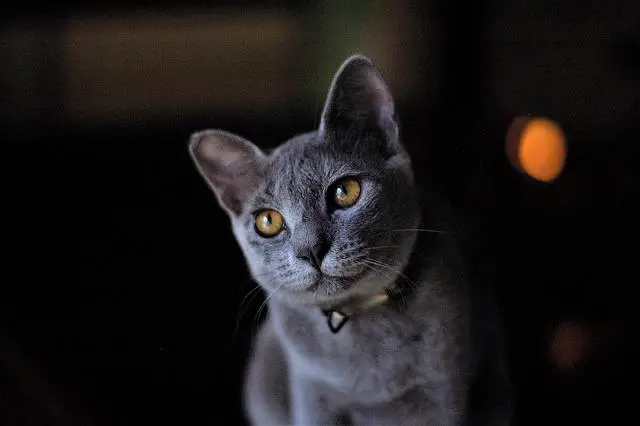
Finally, we just have to find out which foods are included in the ideal diet of the Russian Blue.
The essential nutrients that this feline, as a good obligate carnivore, should take are mainly proteins of animal origin.
So, green light for meat, especially chicken, rabbit, beef and turkey. Fish can also be given to cats periodically, albeit with less regularity than meat.
Recommended foods? Plaice, sea bass, anchovies and sardines. The other essential nutrients for the well-being of the cat are fats, vitamins, carbohydrates, minerals and water.
Depending on your preferences and lifestyle, you can choose between a home diet for the Russian Blue, or one based on the administration of industrial feed.
In the first case it is advisable to contact the veterinarian to plan a balanced and balanced diet, which does not involve the risk of nutritional deficiencies and the onset of health problems.
In the second case, however, it is essential to read the labels of the products that we are about to choose for our four-legged friend.
Regardless of the type of diet, however, the best advice is to prefer fresh and first choice ingredients, which can help keep our beloved furry healthy and strong.

